The week at a glance
- Glaucous-winged Gull still in Co Cork
- Hudsonian Whimbrel and Pacific Diver still in Cornwall
- Pacific Diver again in Co Galway
- American Black Duck found in Co Cork
In many ways it was very much a typical late winter week: lingering rarities continued to do just that, while new finds were at a premium, making for a very settled picture across Britain, Ireland and the Western Palearctic.
Once again the standout bird (even though it's been around for seven weeks) was the Glaucous-winged Gull still at Castletownbere, Co Cork, on 15th at least. Also in Ireland the Pacific Diver was again off Tawin, Co Galway, on 15th and the Black Scoter continued off Rossbeigh, Co Kerry.
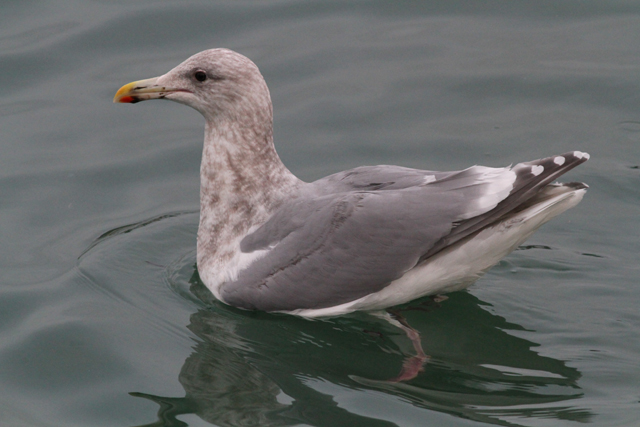
Glaucous-winged Gull, Castletown Bearhaven, Cork (Photo: Garry Armstrong)
In Britain it was West Cornwall's double-act of Pacific Diver and Hudsonian Whimbrel that hogged the mega-rarity limelight, both still in and around Mount's Bay throughout the week.
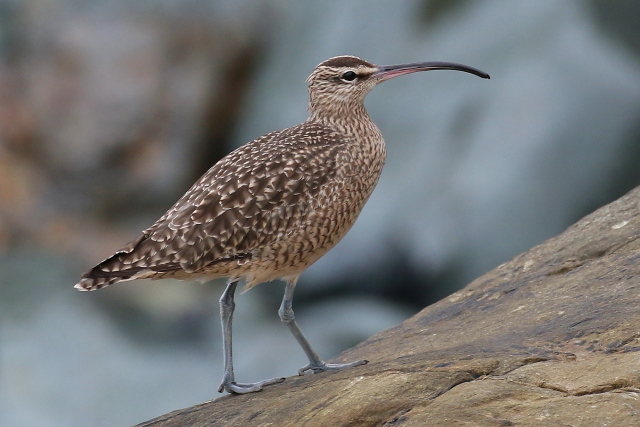
Hudsonian Whimbrel, Perranuthnoe, Cornwall (Photo: Peter Moore)
Nine Surf Scoters included three (2 drakes) in the Sound of Taransay and new males off Wallasey, Cheshire, on 10th and in Brandon Bay, Co Kerry, from 12th, in addition to birds in the Isles of Scilly, North Yorkshire, Lothian and Fife. The female King Eider also lingered in the latter county, and there was a report of a drake again off North Berwick, Lothian, on 12th. The only White-billed Diver reported this week was the continuing bird on South Ronaldsay, Orkney.

Surf Scoter, Filey, North Yorkshire (Photo: Mark Pearson)
One of the best finds this week was a drake American Black Duck at Baltimore, Co Cork — first found on 11th, it was seen intermittently until at least 15th. Five drake American Wigeon were seen, including a drake at Castle Howard, N Yorks, from 12th — this is presumably the bird seen recently on the coast at Scalby Mills. Elsewhere birds continued in Somerset, Lancashire, Highland and Co Kerry. A total of ten Green-winged Teal included the Portuguese-marked drake still near Blythburgh, Suffolk, and a new male at North Cave Wetlands, E Yorks, from 11th. The wintering Garganey continued at Eakring Flash, Notts.
A female Lesser Scaup was new on Lough Gara, Co Sligo, on 15th, while drakes remained in Cornwall, Glamorgan and Co Antrim. A drake Ring-necked Duck arrived at Glastonbury Heath, Somerset, from 10th and new birds in Ireland consisted of a female at Belclare Turlough, Co Galway, on 14th and a drake at Garryhesta, Co Cork, on 13th; two drakes were again at Knockaderry Lake on Valentine's Day. The female was also again at Tittesworth Reservoir, Staffs, from 12th after a fortnight-long absence. One of the best weeks for Ferruginous Ducks in years saw five recorded: a female was at Pugney's Country Park, W Yorks, from 10–14th and the Norfolk bird continued at Holkham all week. Drakes were seen in Hampshire, Buckinghamshire and Durham, and the escapee was also still in Berkshire.
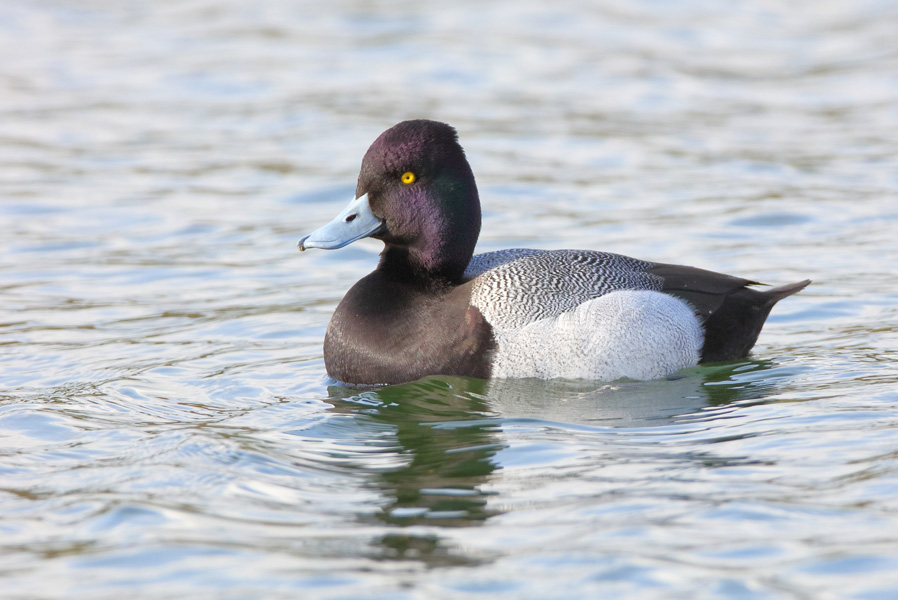
Lesser Scaup, Cosmeston Lakes CP, Glamorgan (Photo: Mike Trew)
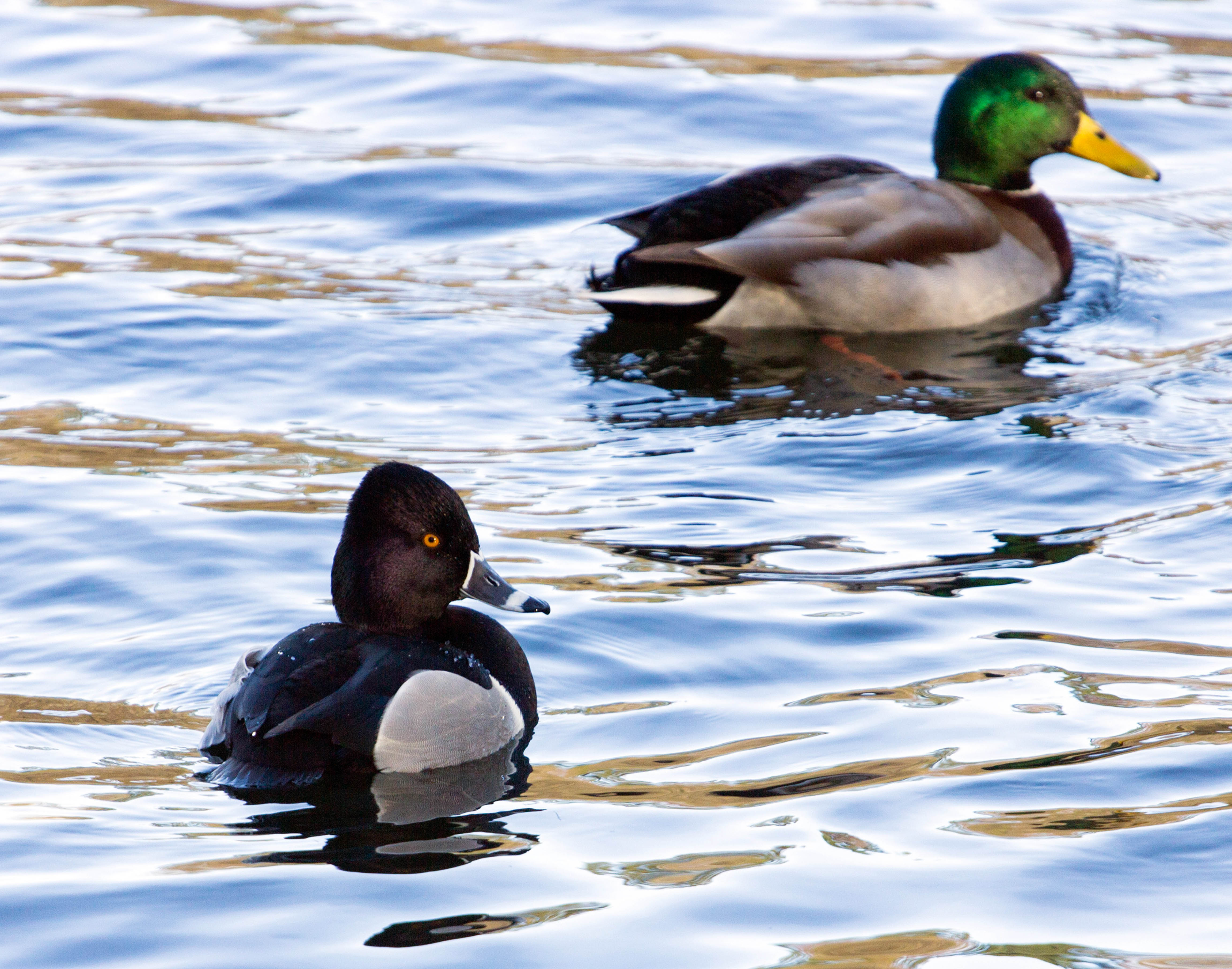
Ring-necked Duck, Pitlochry, Perth & Kinross (Photo: James P Deans)

Ferruginous Duck, Milton Keynes, Buckinghamshire (Photo: Paul Ward)
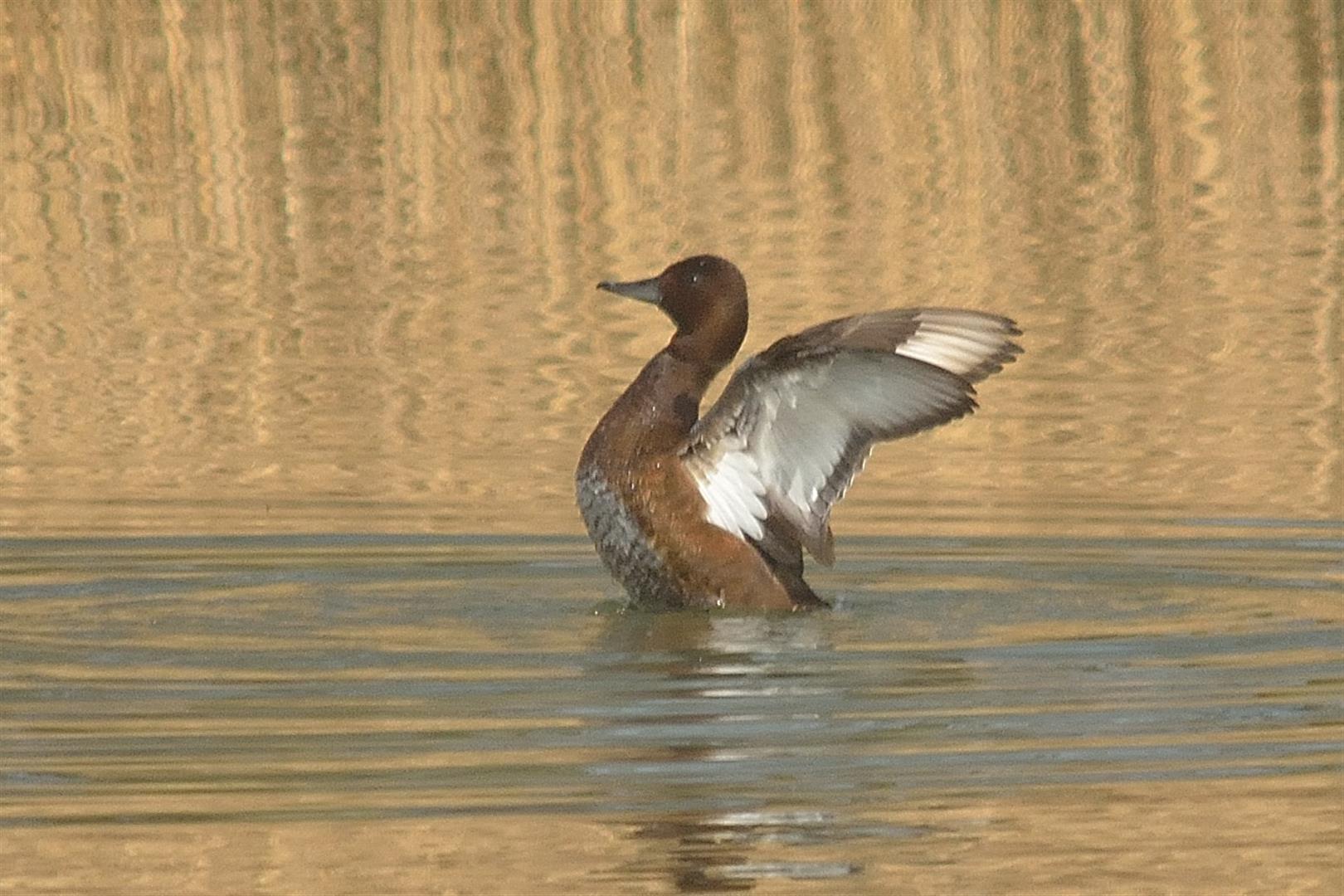
Ferruginous Duck, Pugney's CP, West Yorkshire (Photo: Mick Hemingway)
Both the Richardson's Cackling and Todd's Canada Goose were still with the roving Barnacle Goose flock in Co Sligo this week, while Black Brants were reported from four sites, including four together at Hamford Water, Essex, on 10th and two still near Kilnsea, E Yorks (others were in Norfolk and Lincolnshire). What looks good for a Grey-bellied Brant was at Pollacheeny, Co Sligo, on 14th.
An increase in Glossy Ibis saw birds reported from 16 sites — new birds included a brief individual at Gowy Meadows, Cheshire, on 14th, one flying over Felixstowe Docks, Suffolk, on 12th and two near Ennis, Co Clare, from Sunday. Cattle Egrets included new birds new Burgh St Peter, Norfolk, from 11–15th and near Tomhaggard, Co Wexford, on 13th, in addition to lingering birds still in Kent, Suffolk, Somerset and another in Co Wexford.

Glossy Ibis, Hollesley Marshes RSPB, Suffolk (Photo: John Richardson)
There were no Gyr Falcon reports this week, but the male Northern Harrier continued to float about North Ronaldsay. The juvenile Pallid Harrier appears to have changed its habits once more — it was last seen at Flitcham on 11th and was seen again at Snettisham RSPB early on 16th (though it was back at Roydon Common that evening). At least six Rough-legged Buzzards included one over Wanlockhead, Dumfries & Galloway, on 12th and another over Sculthorpe Moor, Norfolk, on 13th. There was a report of a White-tailed Eagle over Cliddesden, Hants, on 13th.
Both the Greater Yellowlegs on the Isle of Wight and the Lesser Yellowlegs in Norfolk were still around this week; the Spotted Sandpiper at Pilmore, Co Cork, was also still there on 15th. The Long-billed Dowitcher continued to frequent the Wanlip area of Leicestershire until 15th, while regular birds remained in Hampshire and Northumberland.
The juvenile American Herring Gull continues in Cornwall but is proving mighty difficult to track down, roosting on St Clement's Isle on 10th and 16th and seen briefly at Newlyn on 11th. The only Bonaparte's Gull was the usual adult in the Dawlish Warren area of Devon. Up to five Ring-billed Gulls were seen in the Tralee area of County Kerry this week, with twos at Nimmo's Pier, Co Galway, and at Sandymount, Co Dublin, plus a new first-winter one of at least three around Cork City. In Britain long-stayers remained in Cornwall, Hampshire, Pembrokeshire and Strathclyde. Around 70 Iceland and 60 Glaucous Gulls were reported.
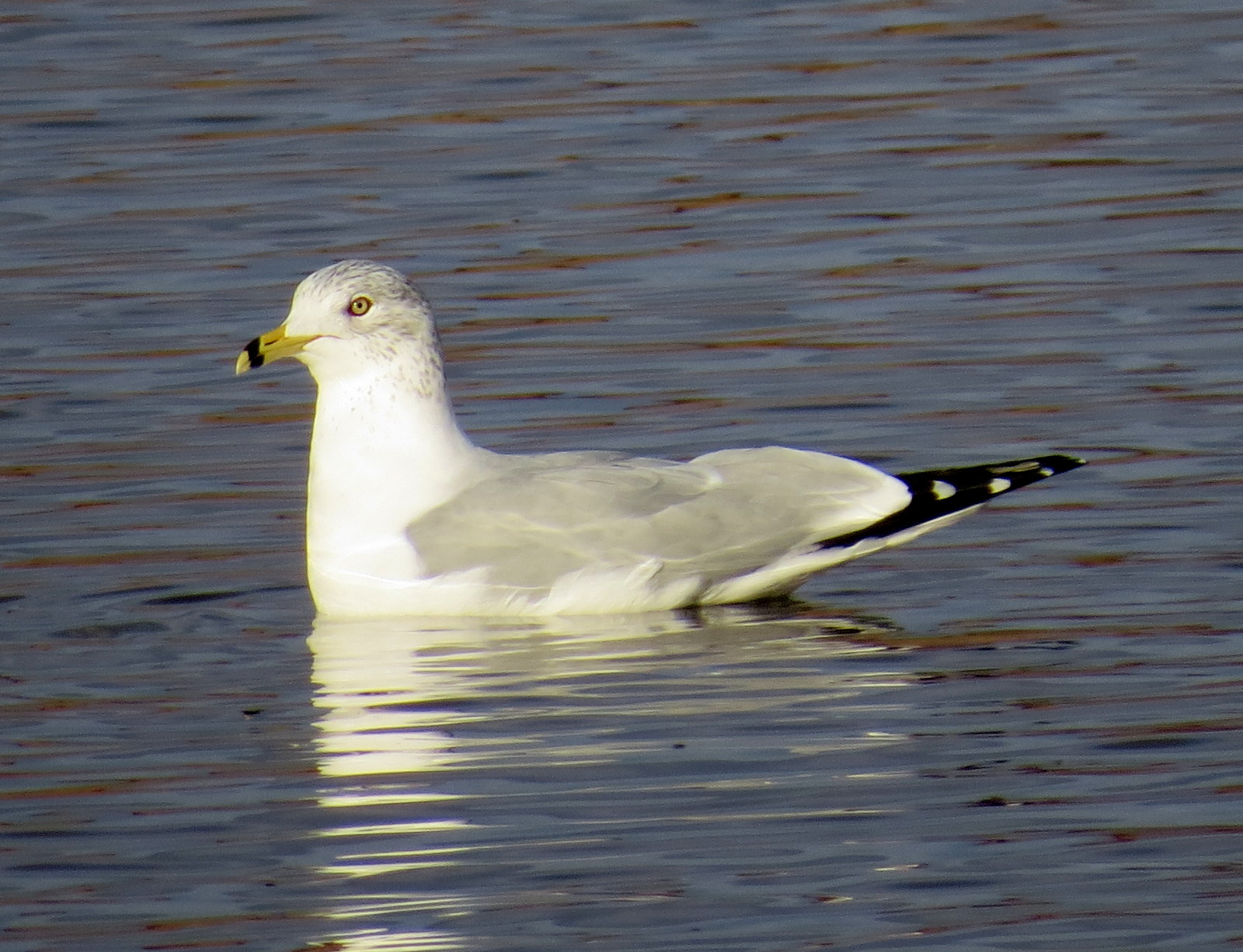
Ring-billed Gull, Strathclyde Loch, Clyde (Photo: John Nadin)

Glaucous Gull, Norwick, Unst, Shetland (Photo: Robbie Brookes)
The Hoopoe continues at Wall Heath, Staffs, and Shore Larks remained in Norfolk, Cleveland and Kent. A Richard's Pipit was again at Swillington Ings, W Yorks, on 11th, with two still at Flamborough Head, E Yorks, and one on Sheppey, Kent.
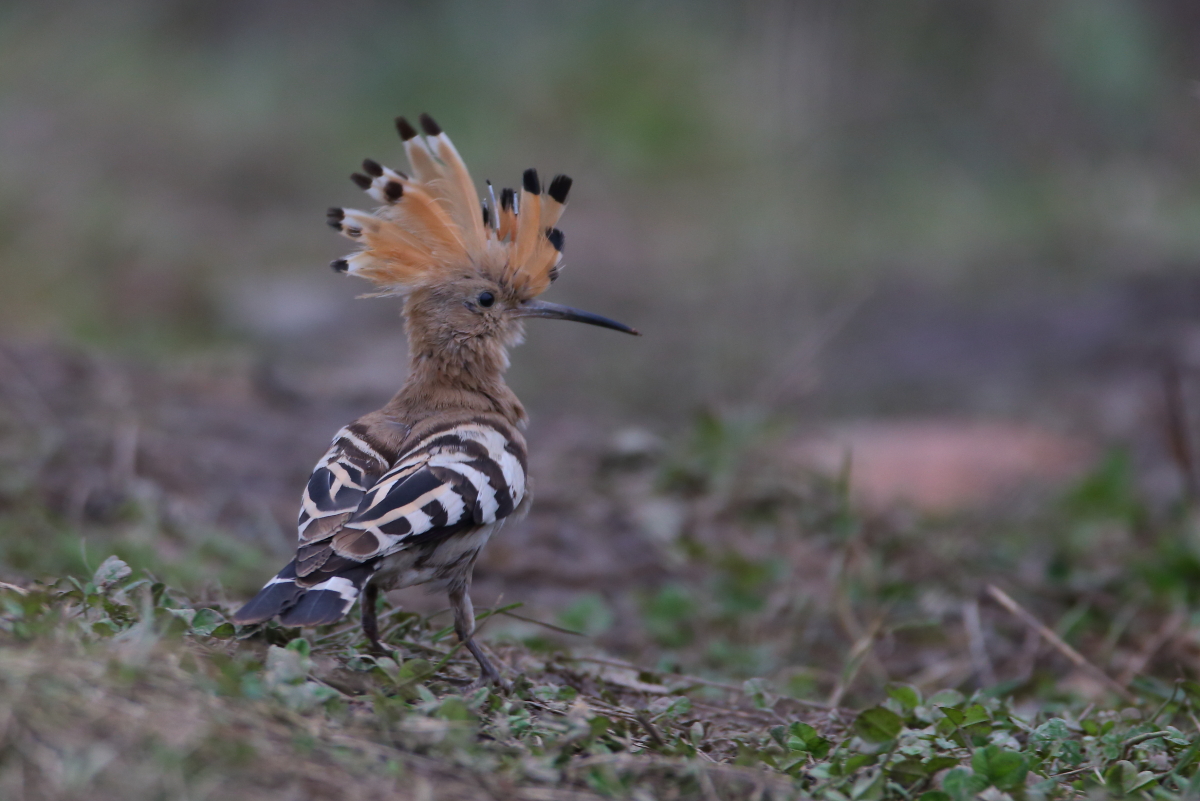
Hoopoe, Hinksford, Staffordshire (Photo: Chris Cook)
The Dusky Warbler was again reported at Ham Wall, Somerset, on 10th and at least three Yellow-browed Warblers included the long-stayer still at Eastleigh, Hants, plus Cornish records from Ponsanooth and Torpoint.
The first-winter Coues's Arctic Redpoll was still near Warkworth, Northumberland, until at least Valentine's Day but the Penduline Tits at Saltholme, Cleveland, were not seen beyond 10th — though twos remained in Hampshire and Gloucestershire. A possible Northern Long-tailed Tit was at Samphire Hoe, Kent, on 16th.
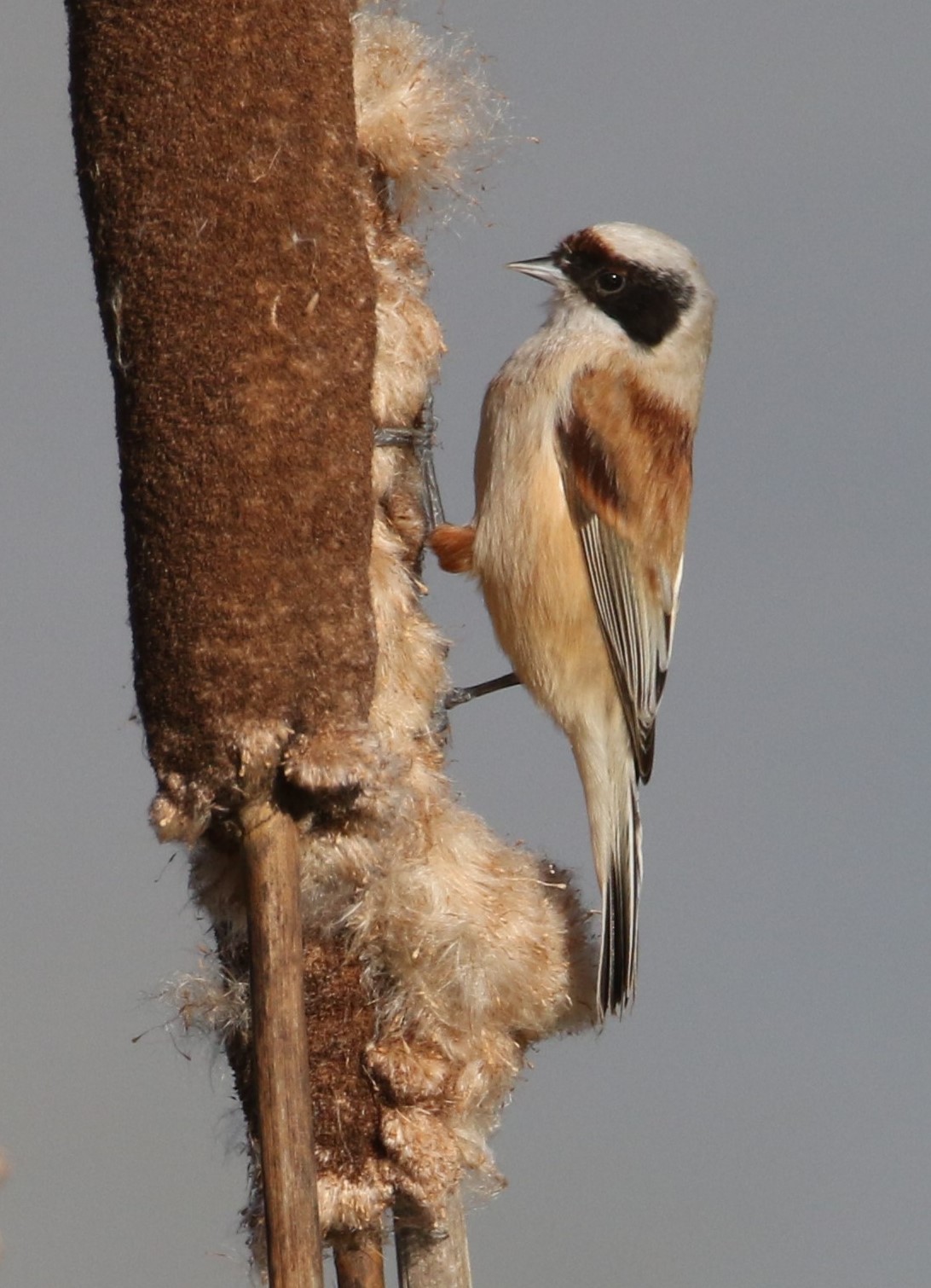
Penduline Tit, Gloucester, Gloucestershire (Photo: Phill Ward)
Western Palearctic news
The immature Bateleur continues to be seen with some regularity around Kiryat Gat, Israel, and, with Basalt Wheatear and a couple of Demoiselle Cranes also on offer at present, birders visiting the country in the coming weeks must be anticipating big things.
The female Steller's Eider was again seen on Suðuroy, Faroe Islands, on 13th. In Iceland a familiar line-up of Hooded Merganser, American Coot and American White-winged Scoter was still in offer around Reykjavík while the pair of Hooded Mergansers remained on Terceira, Azores, alongside a multitude of other Nearctic wildfowl, and the Double-crested Cormorant remained on São Miguel. Spain's Solitary Sandpiper remains near Cuevas de Almanzora, Almería, and has been showing very well at times.
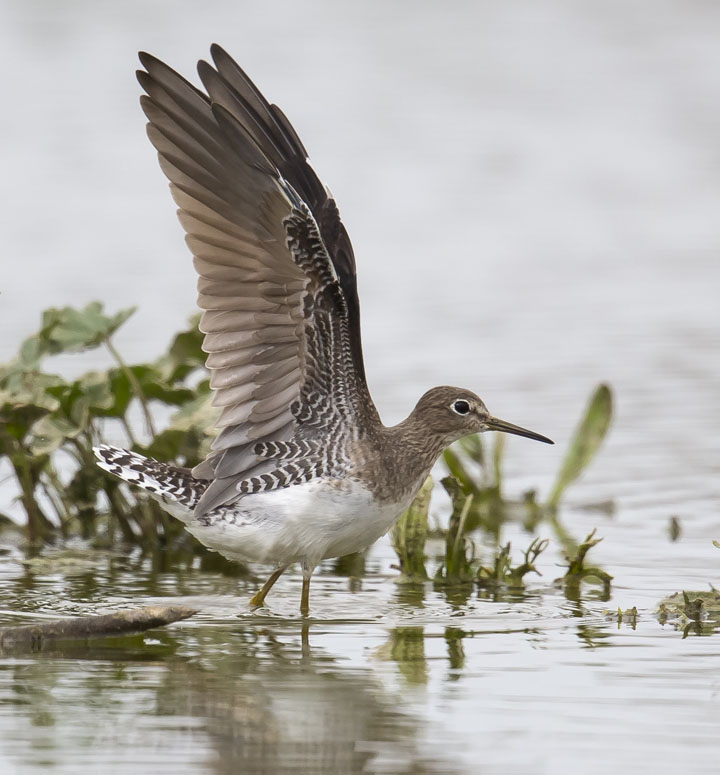
Solitary Sandpiper, Spain (Photo: Andrew Allport)
The Pine Bunting and Siberian Rubythroat combination remains popular in the Netherlands. Other records included two male Pine Buntings and the Oriental Turtle Dove in Norway plus Black-throated Thrushes still in both Norway and Denmark.

Black-throated Thrush, Denmark (Photo: P J Underwood)


